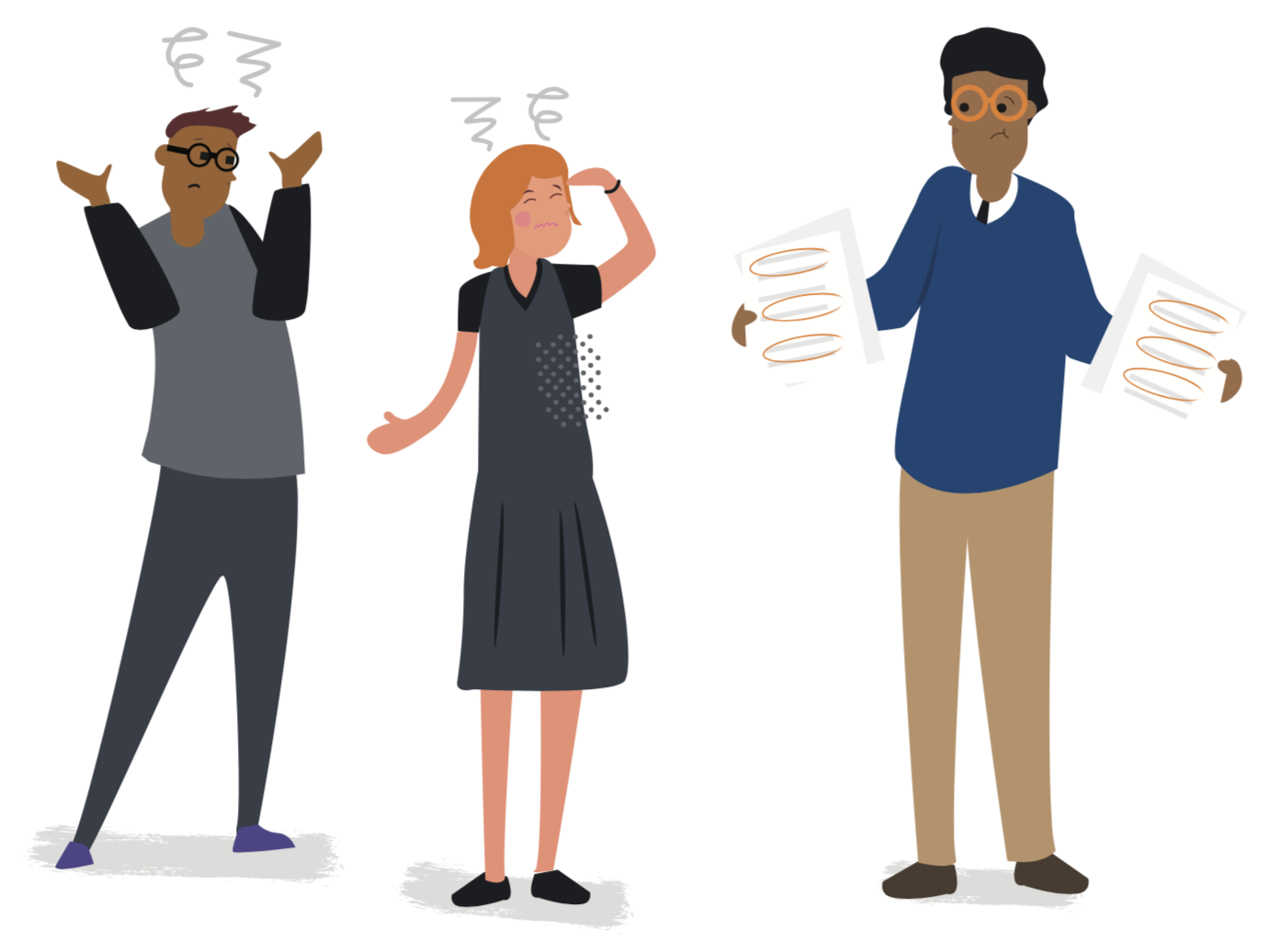In academia, failure to understand the difference between collusion and collaboration can quickly result in unintentional academic dishonesty. So, as a student or instructor, how clued up are you?
When the work of multiple students overlap within the same class and/or assignment, this is considered as collusion. The following examples are easy-to-absorb acts of student collusion:
- Maria copies from Liam with Liam's knowledge
- Maria and Liam work together on the same assignment
Consider the following scenario:
Several students have collaborated on a group assignment but have later been asked to deliver an independent study associated with their group work. Each student has access to shared material which should guide them through their independent study. However, rather than spending time creating their own content for the study, some of the group meet up and submit a large chunk of their shared material that they produced during the collaborative group tasks.
Because the students have knowingly worked together on what was meant to be an independent study, this is certainly student collusion. The question now is: how can you identify this form of academic misconduct?
We’re here to help!

In our previous blog post, we offered effective solutions for mastering the Similarity Report and covered scoring scenarios that are likely to make you reassess the results of a Similarity Report. One of our scenarios highlighted an act of student collusion in Feedback Studio:
Eric has acquired a copy of his classmate, Jane's, paper. Eric submits Jane's paper as his own on 15th October and receives a similarity score of 25%. Jane, who originally wrote the paper, submits her work on 20th October and receives a 100% similarity score. Jane's instructor has raised concern over her academic integrity. Where is the justice?
To prevent Jane's issue from reoccurring, and to ensure that collusion is always identified between students, there are some important Similarity Report settings that require careful configuration:
- Check your search options: The standard and institution paper repository (if applicable) must be selected. If "no repository" is selected, a collusion check cannot be completed.
- Where are you storing your student papers?: The standard or institution paper repository (if applicable) must be selected. If papers aren't stored in the paper repository, a collusion check cannot be completed.
- Exclude small sources: If instructors opt to exclude a large percentage or number of words from the report, this could skew the results of a collusion check, or even hide collusion between students. Turnitin can exclude small sources that are a minimum of nine words in length.
Did you know that Turnitin automatically excludes papers that have been submitted to any assignment in the same class by the same student? This guarantees that any previous draft submissions to the same assignment don’t impact the similarity score of a student's most up-to-date paper. We call this the ‘self-exclusion filter’.

Maria sends her paper to her instructor while she's on vacation. She asks that her instructor submits her paper to Turnitin on her behalf and her instructor agrees to do this. However, when Maria returns from her vacation, she notices several typos in her paper and decides to resubmit to Turnitin after making her corrections. To her horror, she receives a similarity score of 100%.
In this scenario, it's likely that Maria's instructor submitted her paper to Turnitin as a non-enrolled student, rather than selecting Maria's name from a list of enrolled students in the class. Self-exclusion does not apply to instructors submitting on behalf of non-enrolled students who have the same name. Self-exclusion only works for enrolled users submitting from the same user profile.
In addition, Turnitin will not apply the self-exclusion filter when the same - or similar - papers are submitted to two different classes by the same student. This is considered as self-plagiarism and will be highlighted as matching content in the Similarity Report.
As an instructor, you can tweak your Similarity Report settings to quickly identify student collusion in your class, then use the information from your Similarity Report to investigate a paper's authorship. Visit help.turnitin.com for more support with the Similarity Report.




